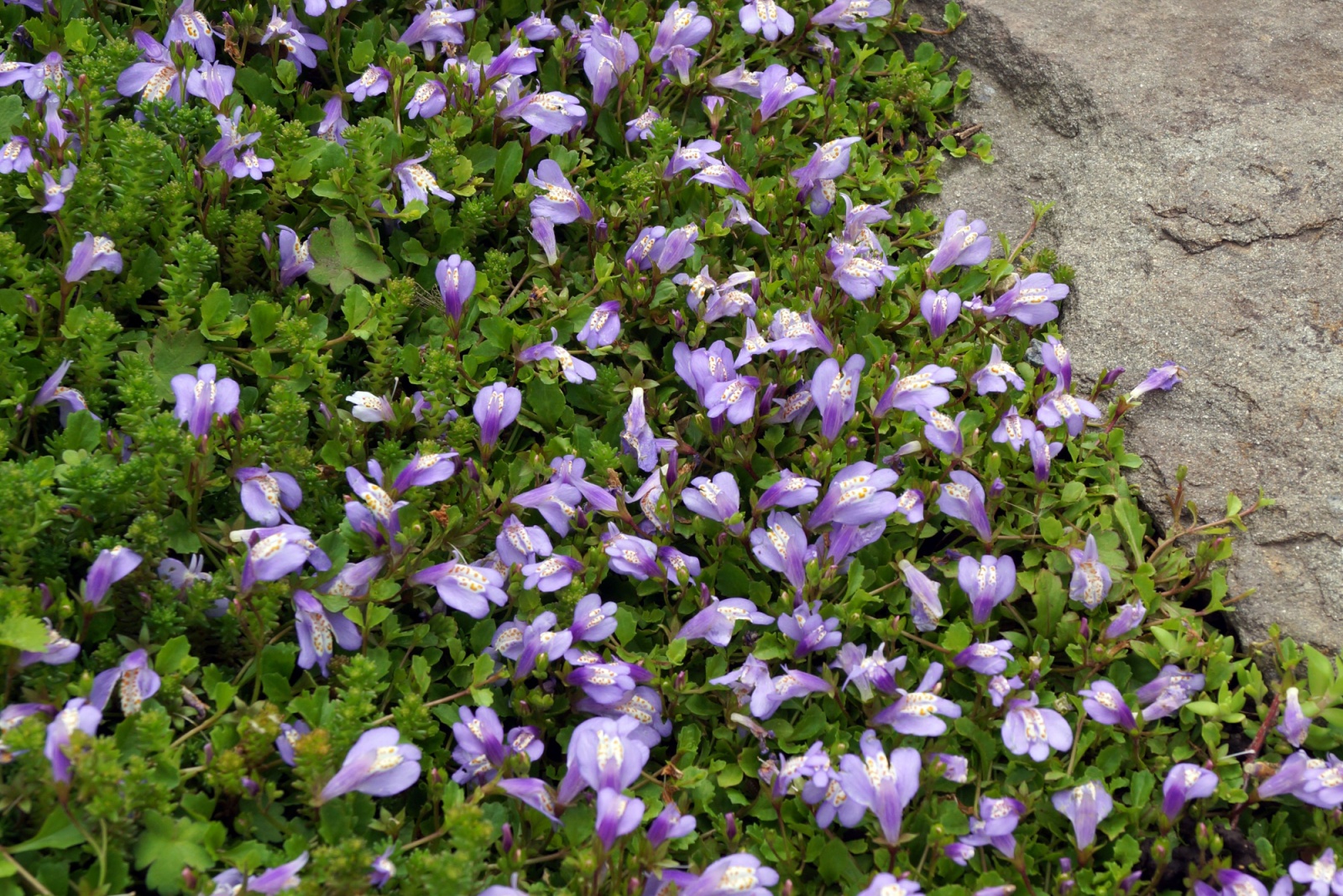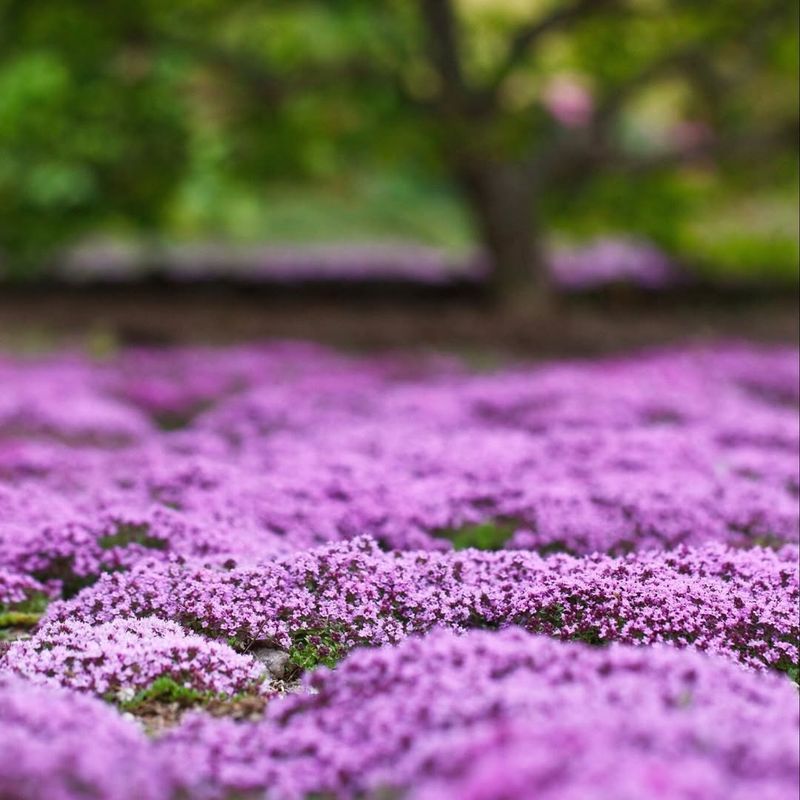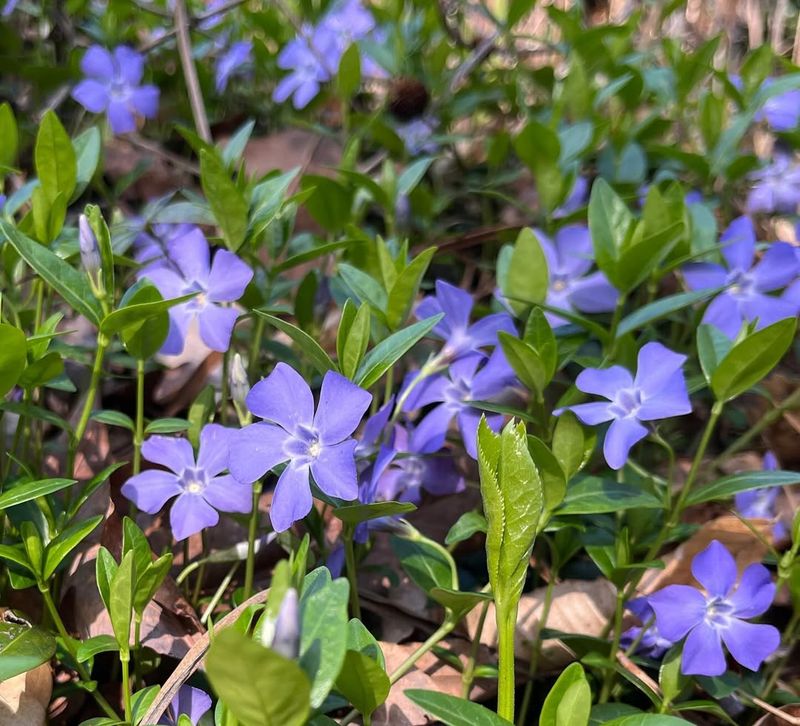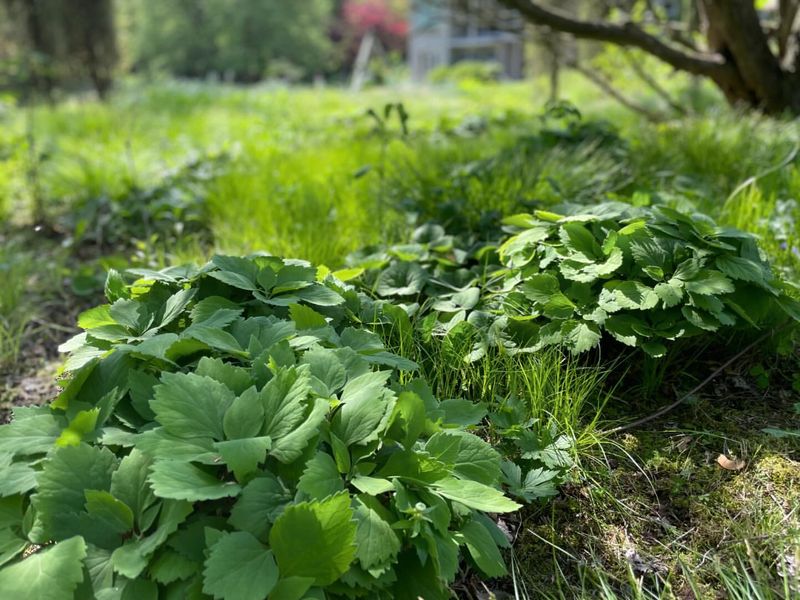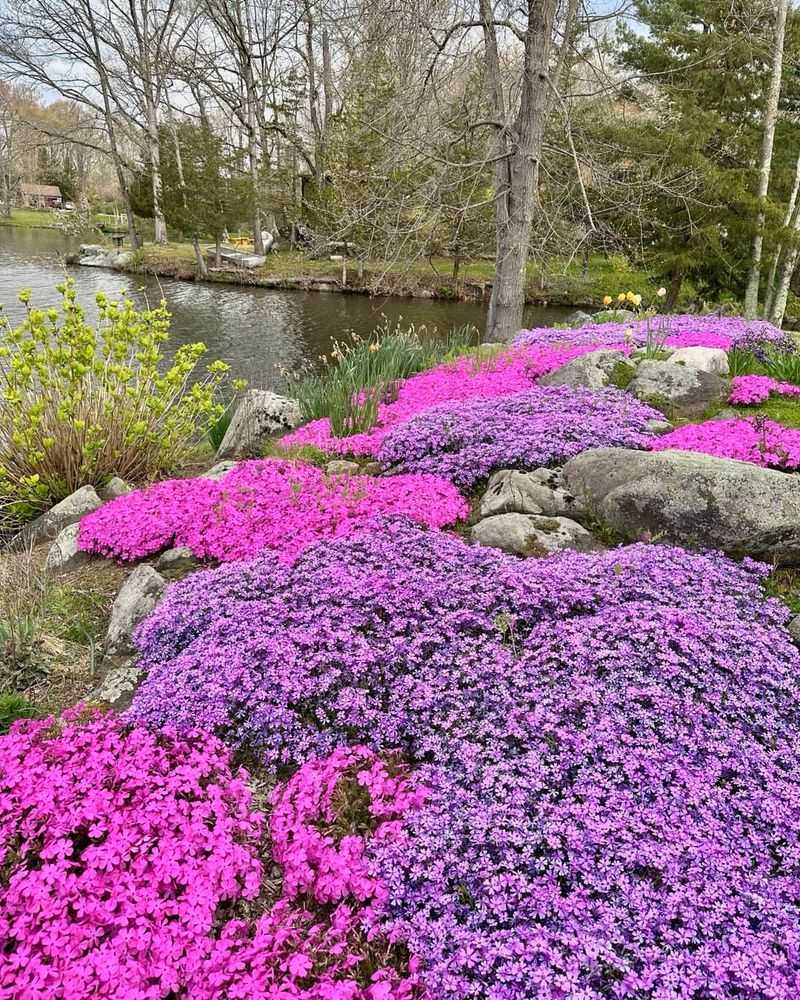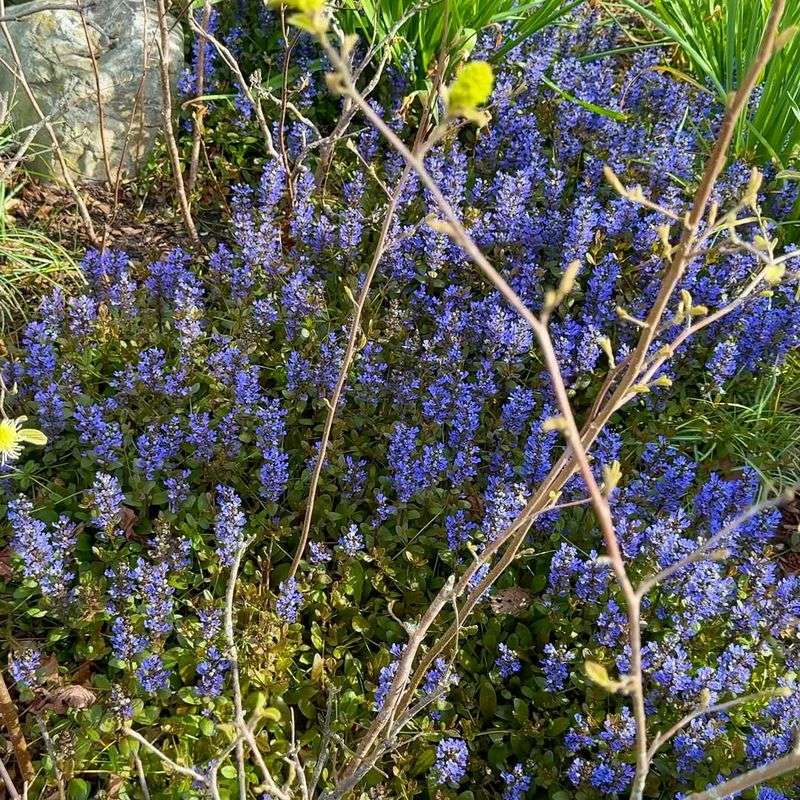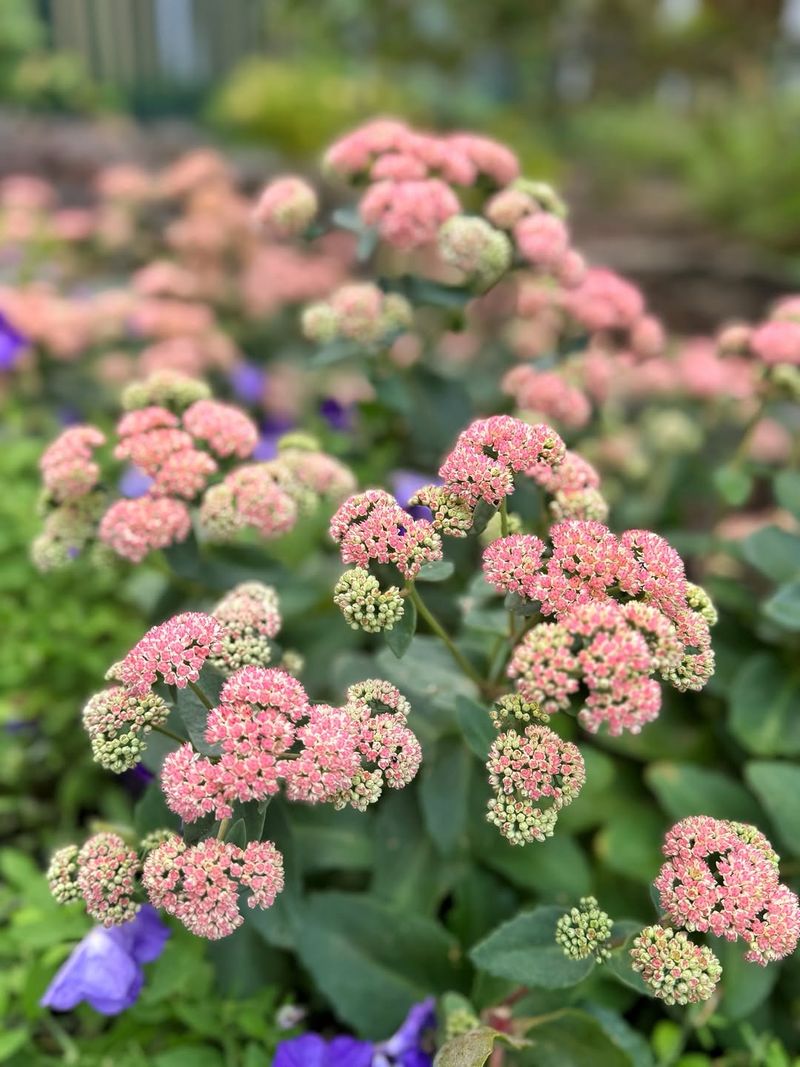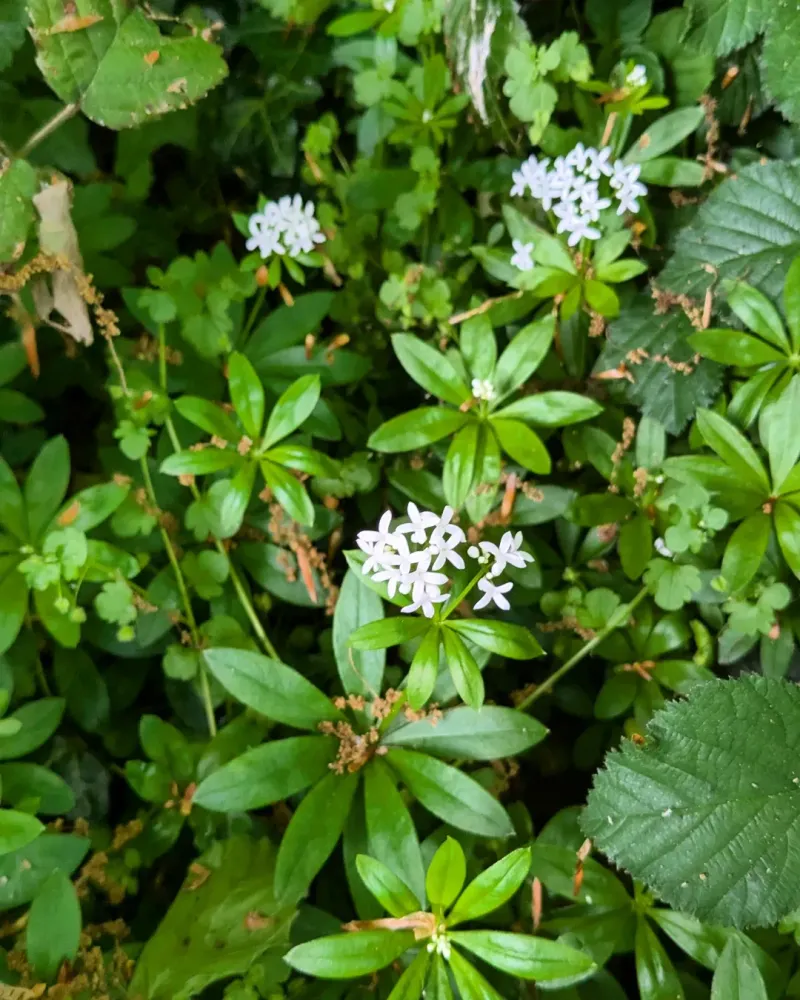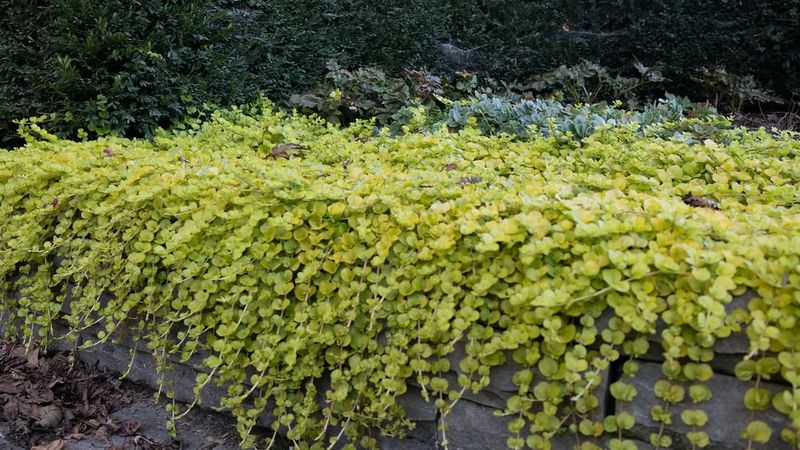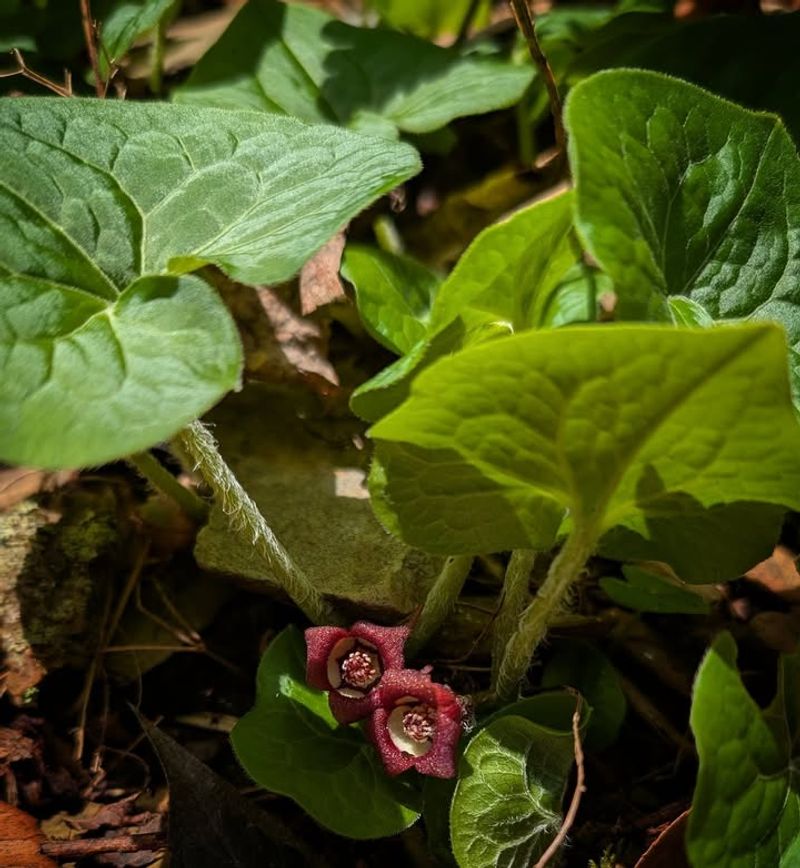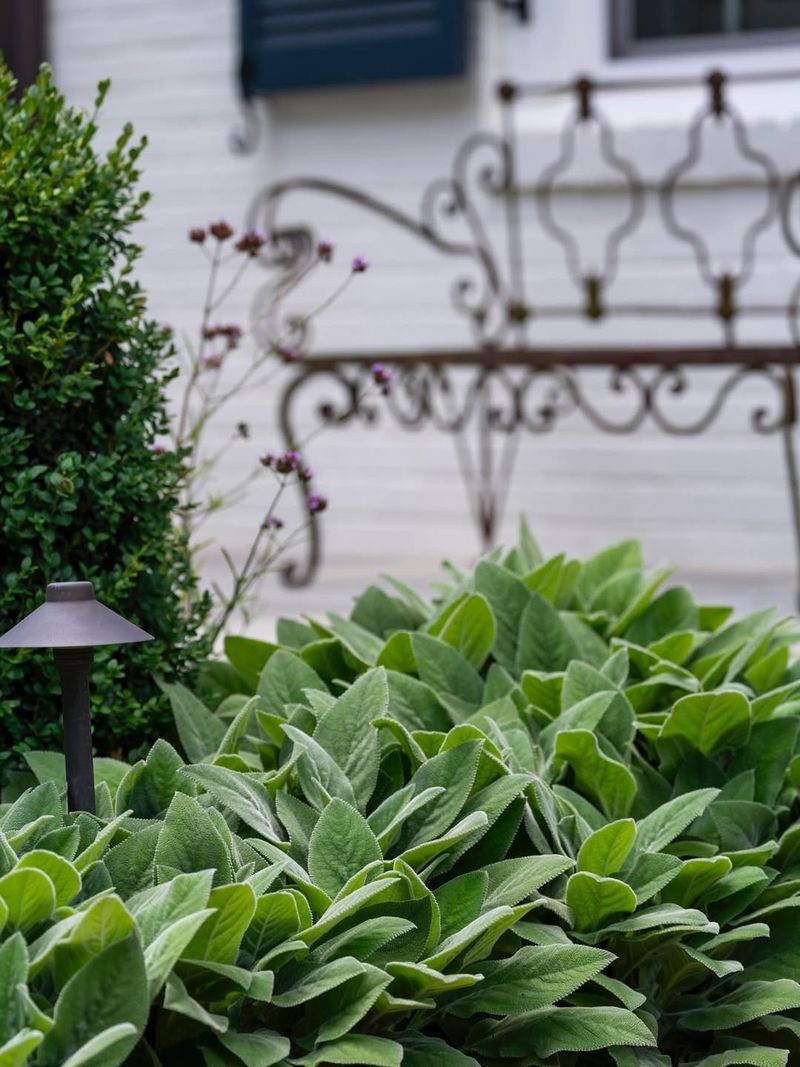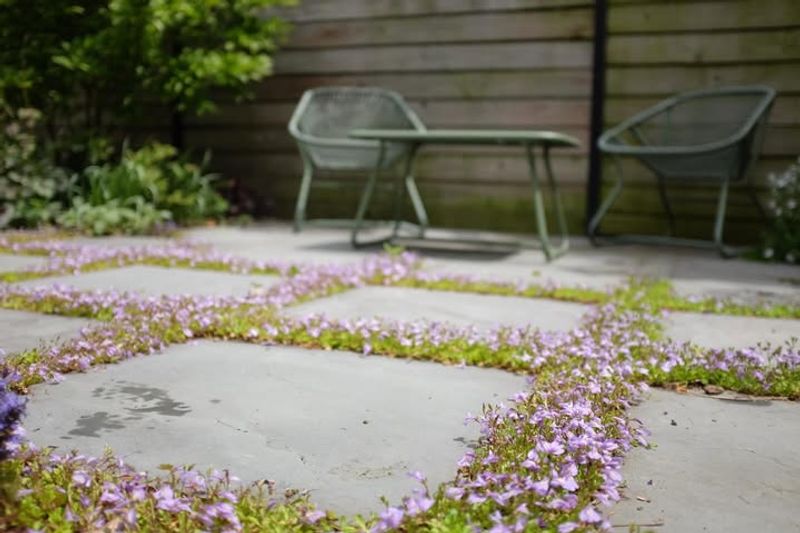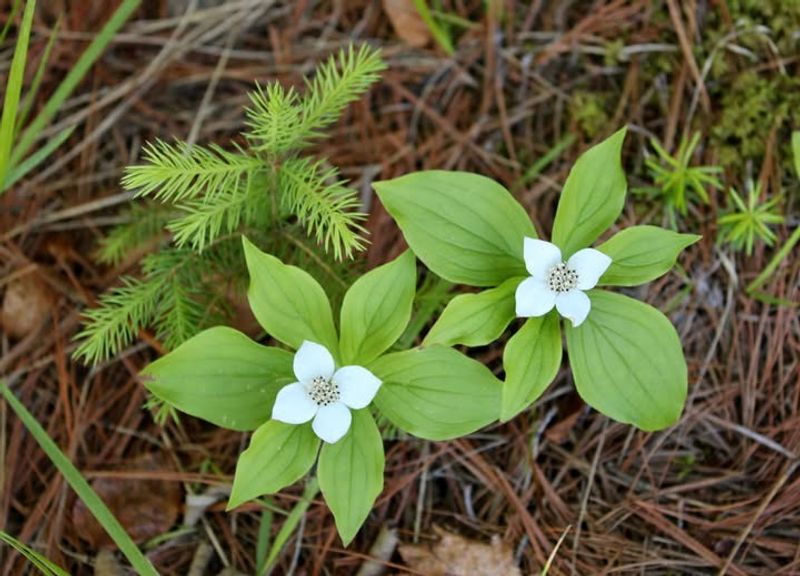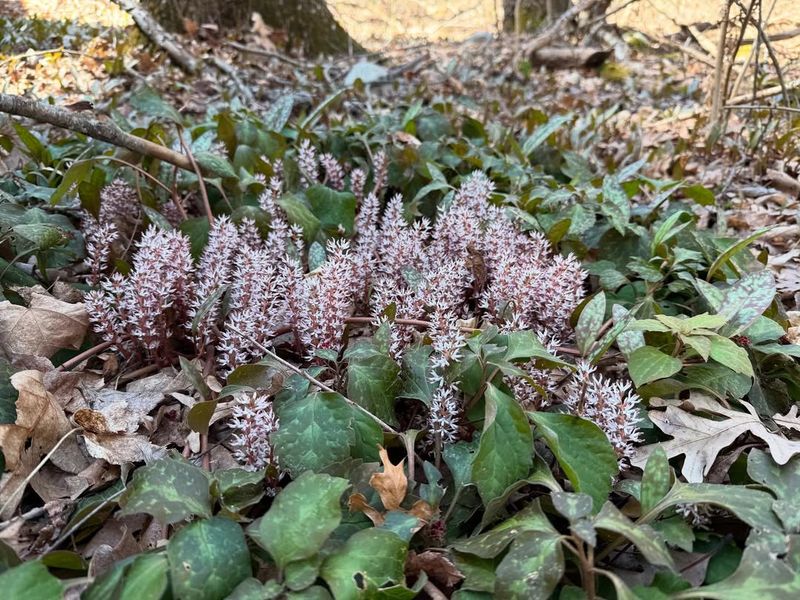Bare spots in your yard can make even the prettiest garden look patchy and unfinished. Ground covers offer a smart solution by spreading quickly, preventing weeds, and adding color and texture to empty spaces.
Pennsylvania’s climate is perfect for many fast-growing ground covers that can transform your landscape in just one season.
1. Creeping Thyme
Walking on this fragrant plant releases a pleasant herbal scent that makes your garden smell like a Mediterranean hillside. Creeping thyme forms a dense, low mat that tolerates foot traffic surprisingly well, making it perfect for pathways between stepping stones.
Purple or pink flowers appear in late spring, attracting bees and butterflies to your yard. Once established, it handles drought conditions easily and requires almost no maintenance beyond occasional trimming.
2. Periwinkle (Vinca Minor)
Shade-loving periwinkle spreads rapidly through underground runners, creating a carpet of glossy green leaves topped with delicate blue flowers. Gardeners appreciate how it thrives under trees where grass struggles to grow, solving one of landscaping’s toughest challenges.
The evergreen foliage stays attractive year-round, even during Pennsylvania’s snowy winters. Be aware that it grows aggressively, so plant it where you want full coverage and can control its spread.
3. Pachysandra
Dark green, glossy leaves make pachysandra one of the most popular choices for covering shady areas where nothing else will grow. Its whorled leaf pattern creates interesting texture that looks neat and tidy without any pruning required.
Small white flowers bloom in spring, though most people grow it for the reliable foliage. Deer typically leave it alone, which is a huge advantage for Pennsylvania gardeners dealing with wildlife browsing their plants constantly.
4. Creeping Phlox
Imagine a waterfall of pink, purple, white, or blue flowers cascading down a slope each spring—that’s creeping phlox in full bloom. Slopes and rock gardens become breathtaking displays when this enthusiastic spreader gets established and shows off its colorful petals.
The needle-like evergreen foliage stays low and tidy after flowering ends. Full sun brings out the best performance, and it tolerates Pennsylvania’s occasional dry spells once the roots settle in deeply.
5. Ajuga (Bugleweed)
Bronze, purple, or variegated leaves create a stunning tapestry that makes ajuga stand out even when it’s not flowering. Spikes of blue or purple flowers shoot up in spring, adding vertical interest to the horizontal carpet below.
Partial shade to full shade suits this workhorse perfectly, and it spreads through runners at a moderate pace. Wet or dry conditions don’t bother it much, making ajuga remarkably adaptable to different spots around your property.
6. Sedum (Stonecrop)
Succulent leaves store water like tiny reservoirs, allowing sedum to laugh at drought while other plants wilt in summer heat. Rocky areas, slopes, and spots with terrible soil become opportunities rather than problems when you plant these tough survivors.
Yellow, pink, or white flowers attract pollinators throughout the growing season. Different varieties offer various heights and textures, giving you options to match your specific landscape needs and design preferences perfectly.
7. Sweet Woodruff
Delicate white star-shaped flowers float above whorls of bright green leaves in late spring, creating an enchanting woodland scene. Sweet woodruff prefers moist, shaded areas where its vanilla-scented foliage can spread into a lush, soft carpet.
Historically used to flavor May wine, the dried leaves release their characteristic sweet fragrance. Partial to full shade works best, and it pairs beautifully with spring bulbs and hostas in shaded garden beds.
8. Creeping Jenny (Lysimachia)
Bright chartreuse leaves practically glow in shady spots, bringing sunshine to areas where actual sunlight rarely reaches. Creeping Jenny’s trailing stems root wherever they touch soil, allowing it to cover ground remarkably fast and fill in gaps efficiently.
Small yellow flowers appear in summer as a bonus to the already eye-catching foliage. Moist soil makes it happiest, so consider planting it near downspouts or in naturally damp areas where other plants might rot.
9. Wild Ginger
Heart-shaped leaves create an elegant, sophisticated look that belongs in a fancy botanical garden but grows happily in average Pennsylvania yards. Hidden beneath the foliage, curious maroon flowers bloom close to the ground in spring, surprising anyone who looks closely.
Native to eastern forests, wild ginger naturally thrives in shady, moist conditions similar to woodland settings. The foliage releases a ginger-like scent when crushed, though it’s not related to culinary ginger species at all.
10. Lamb’s Ear
Fuzzy, silver-gray leaves feel exactly like a lamb’s soft ear, making this plant irresistible to kids and adults who can’t help touching it. Rosettes of velvety foliage spread steadily, creating a unique textural element that contrasts beautifully with darker green plants nearby.
Tall purple flower spikes emerge in summer, though many gardeners remove them to keep the focus on the stunning foliage. Full sun and well-drained soil keep lamb’s ear healthy and prevent rot in Pennsylvania’s humid summers.
11. Mazus Reptans
Tiny purple flowers with yellow throats cover this low-growing spreader in spring, creating a miniature floral display that looks magical up close. Mazus handles light foot traffic well, making it useful between pavers or in areas where you occasionally walk but don’t want traditional grass.
Moist soil and partial shade to full sun keep it growing vigorously throughout the season. Cold-hardy enough for Pennsylvania winters, it bounces back reliably each spring to fill in bare patches quickly and efficiently.
12. Bunchberry (Cornus Canadensis)
Related to dogwood trees, bunchberry produces similar white flowers in spring followed by clusters of bright red berries that birds absolutely love. Whorls of leaves create a neat, organized appearance that looks intentional rather than wild and messy like some ground covers.
Acidic, moist soil and shade make bunchberry happiest, mimicking its natural habitat in Pennsylvania’s mountain forests. Bright fall color adds seasonal interest before the plant goes dormant for winter months ahead.
13. Allegheny Spurge (Pachysandra Procumbens)
Native to the Appalachian region, Allegheny spurge offers a more interesting alternative to common pachysandra with mottled, silvery foliage patterns. Fragrant white and pink flower spikes appear in early spring before most other plants wake up from winter dormancy.
Semi-evergreen leaves may die back partially in harsh winters but return reliably when warm weather arrives. Shade and well-drained soil suit this Pennsylvania native perfectly, and it spreads at a moderate, manageable pace throughout the growing season.

